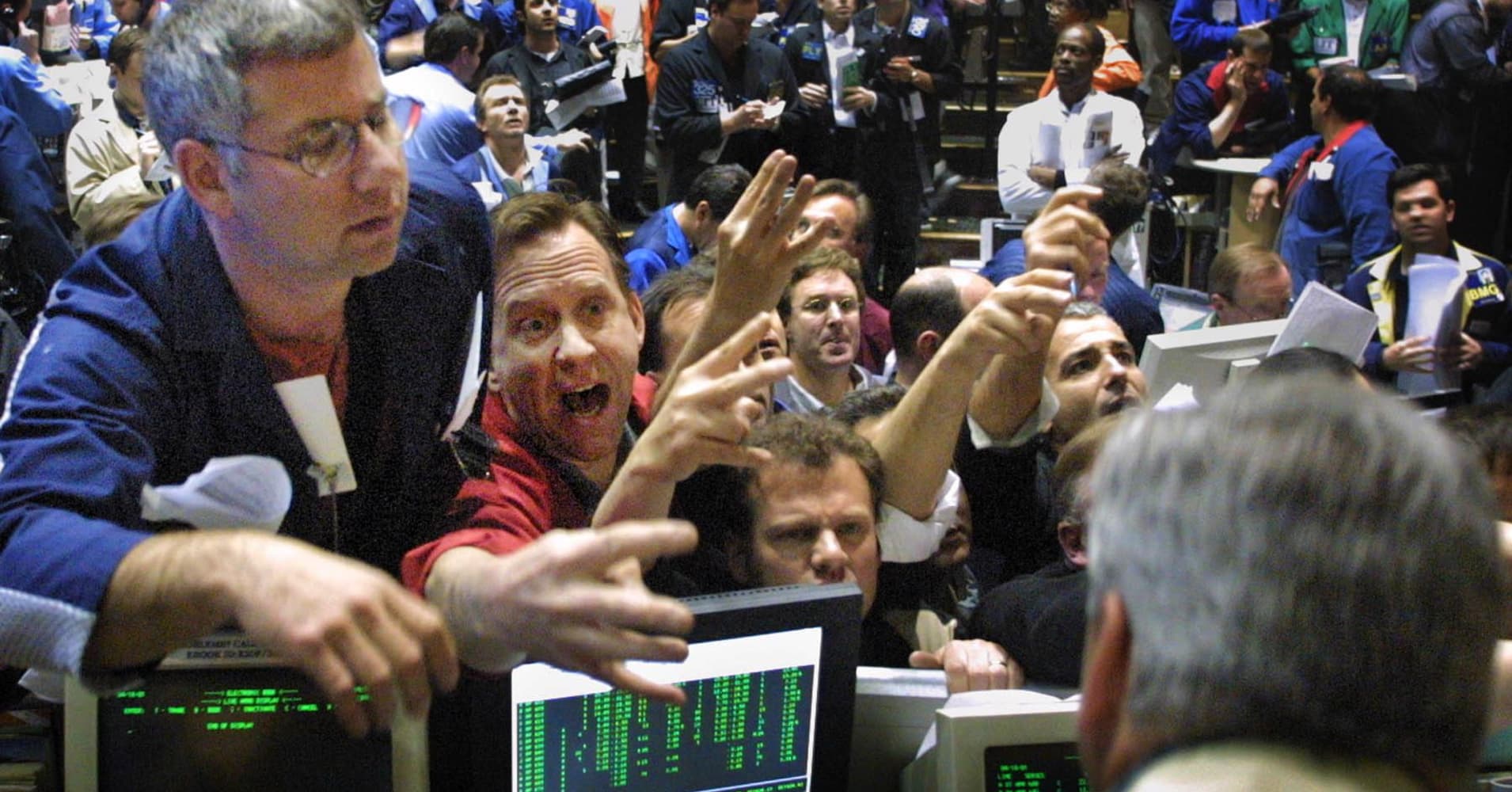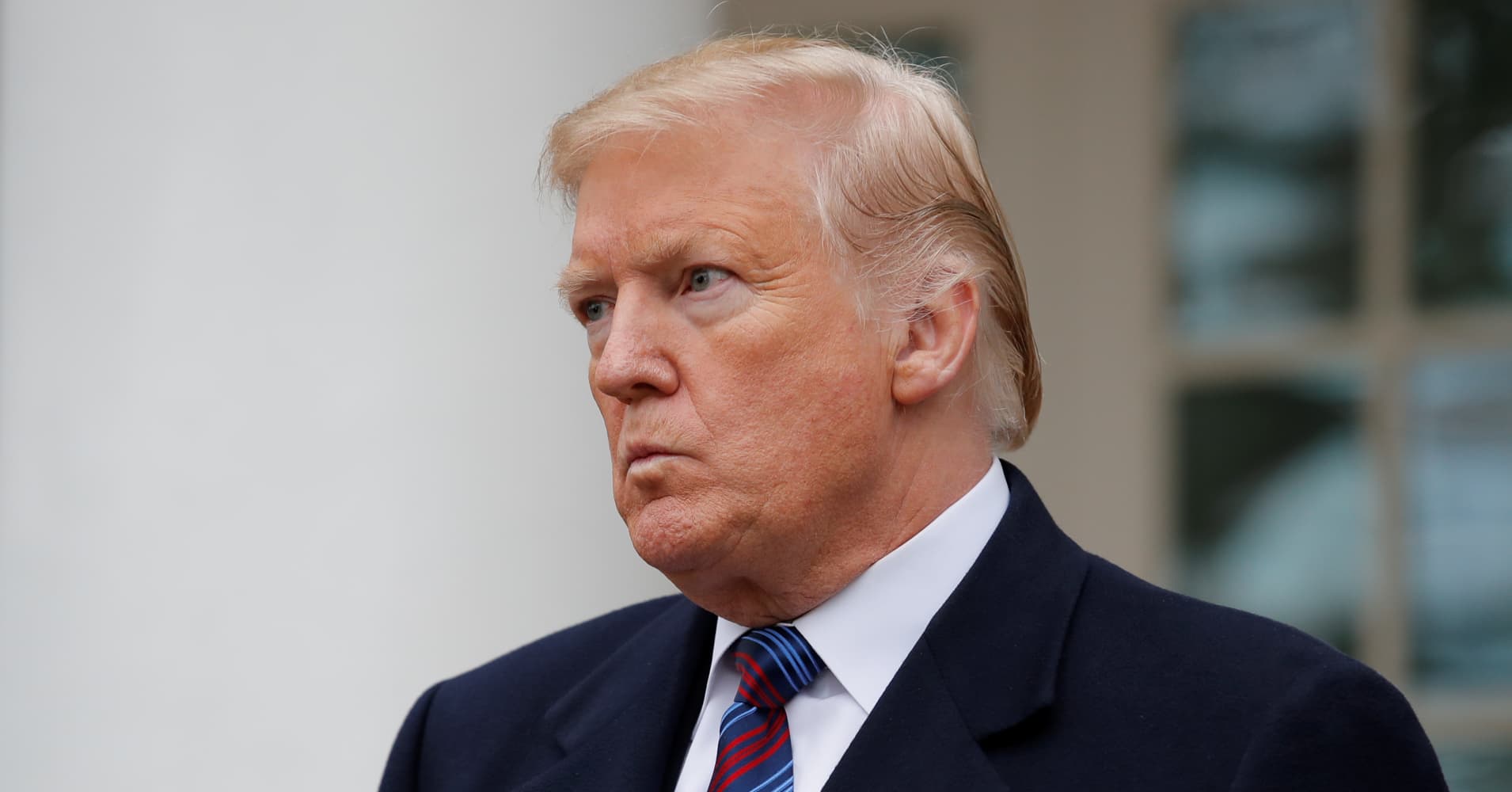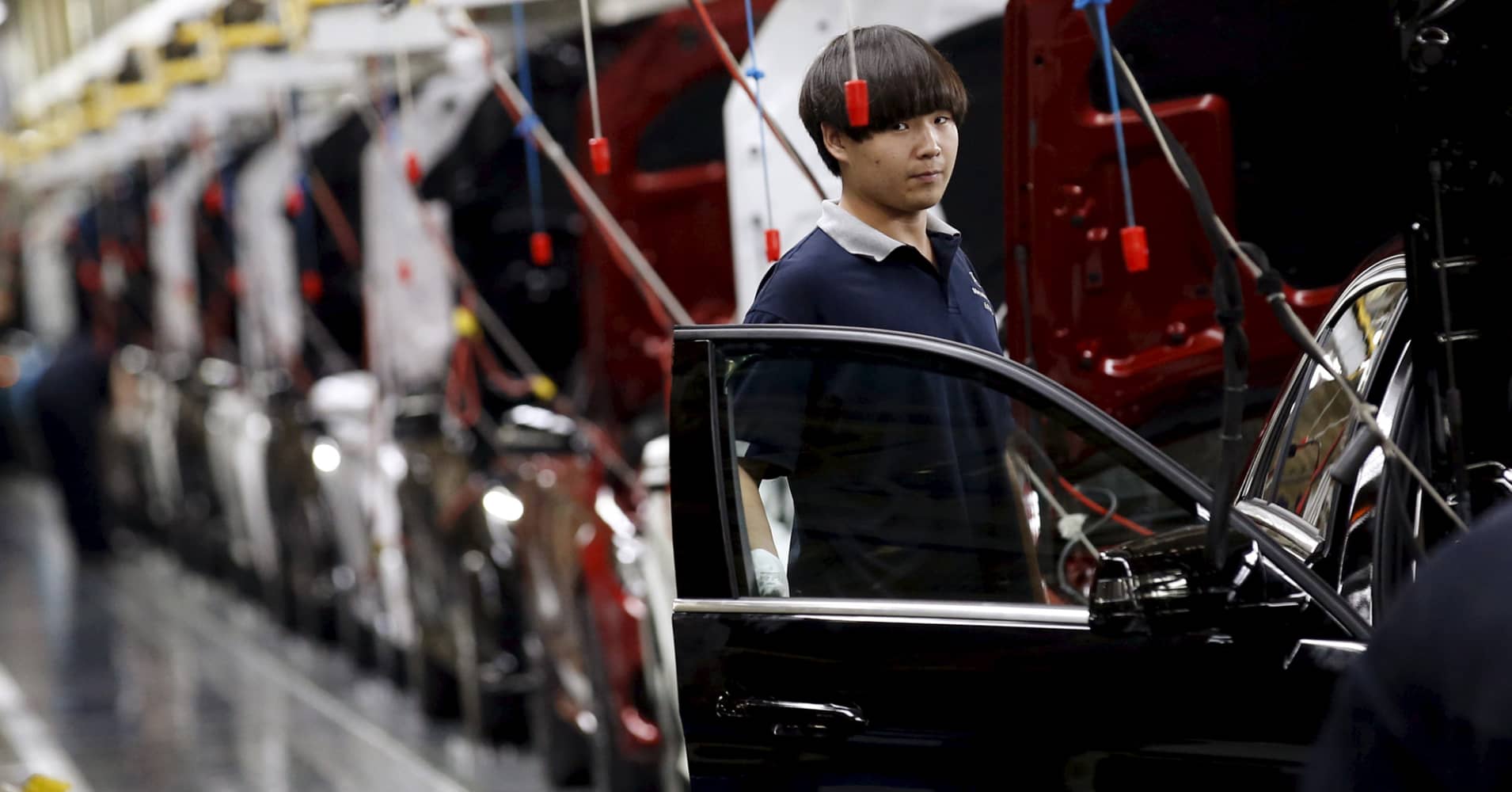
Satellite imagery reportedly revealing a ballistic missile facility deep in the Saudi desert spotlights Riyadh’s increased investment in its independent warfighting capabilities, U.S. defense experts say.
This, they believe, indicates a growing desire by the longtime ally to be able to take offensive measures without the approval of its main weapons sponsors in Washington.
“There’s an arms race underway,” Michael Rubin, a former Pentagon official and Arab affairs expert at the American Enterprise Institute, told CNBC. “Whiplash policy changes in Washington have had their impact on Riyadh: Saudi authorities are no longer going to be constrained by White House whispers. The Saudis are demonstrating that they can take matters into their own hands.”
Images analyzed by missile defense experts at the Middlebury Institute of International Studies in Monterey, California, and first reported by The Washington Post, appear to show the testing and possible manufacturing of ballistic missiles. These can carry nuclear warheads to targets thousands of miles from their launch point. International powers have sanctioned Iran for its own frequent testing of the weapons.
As America’s top weapons buyer and foremost security partner in the Arab world, one might question why Riyadh would need to invest in its own ballistic missile facility. It already has a fleet of top-of-the-line F-15 fighter jets, Tornados and Typhoons, giving it an airpower advantage over regional arch-rival Iran, the majority of whose air force hasn’t been updated since the 1970s.
The catch is that Saudi Arabia’s air force still needs maintenance and logistics support from the jets’ countries of origin — the U.S. and the U.K. — and that support could be terminated if the aircraft is used in an unapproved manner. Homegrown missiles, meanwhile, have no such limit. Furthermore, missiles don’t need pilots who require training and risk being shot down and tortured by the enemy.
Riyadh has long operated its missile program outside the realm of U.S. approval and without U.S. assistance, starting with its small purchase of Chinese D3-F Silkworm ballistic missiles in 1988. The program is overseen by the kingdom’s secretive Strategic Rocket Forces (SRF), which unlike other military branches, reportedly does not mix with American advisors.
One former Pentagon official, who requested to remain anonymous due to the sensitivity of the situation, told CNBC that the SRF likely “operates with Chinese input,” adding that “given that Pakistan has close ties with both China and with the Kingdom and has numerous advisors working with Saudi security agencies, I wouldn’t be surprised if there were some Pakistani assistance as well.”
If true, the links illustrate a longtime Saudi strategy of diversifying its diplomatic and security alliances and highlight a potential shift eastward. Weapons purchases from China, though a tiny fraction of those from the U.S., now feature armed drones — something the U.S. currently won’t sell to the Saudis. And American arms dealers have voiced alarm over Riyadh’s expressed interest in purchasing Russia’s flagship S-400 missile defense system, a cheaper alternative to the U.S.-made THAAD system.
China’s Ministry of Defense, its foreign ministry and embassy in Riyadh did not immediately respond when asked for comment by CNBC. Chinese Foreign Ministry spokeswoman Hua Chunying responded to the Associated Press last week, saying: “I have never heard of such a thing as China helping Saudi Arabia to build a missile base.” Pakistan’s Ministry of Defense, its foreign ministry and its Saudi embassy also did not immediately respond when contacted by CNBC.
And at a time when Iran, which the U.S. and Saudi Arabia designate the world’s top state sponsor of terror, has increasingly sophisticated ballistic missile capability thanks to Russia, the investment is “common sense,” some experts say.
“If the Saudis are developing an indigenous ballistic missile capacity, part of the blame for this should be placed on the JCPOA (Joint Comprehensive Plan of Action) with Iran,” David DesRoches, an associate professor of security studies at the National Defense University in Washington D.C., told CNBC, referencing the multilateral 2015 deal that lifted sanctions on Iran in exchange for limits to its nuclear program.
In doing this, DesRoches argues, “the West in effect gave Iran absolution for its missile program … Given the plethora of missiles in the Iranian inventory, it is not unlikely that the kingdom sought to match its rival.”
The kingdom has long asserted its right to self defense, particularly at a time when it’s been subject to missile and other projectile fire from Houthi rebels in neighboring Yemen, where it’s led a bloody offensive since 2015. Weapons experts have confirmed that the missiles fired at Riyadh, Medina and other cities from Yemen in recent years are of Iranian origin.
In an interview with CNBC’s Hadley Gamble in Riyadh on Monday, Saudi Energy Minister Khalid al-Falih refrained from acknowledging the missile base, but argued that his country should be able to defend itself.
“I really don’t have any information one way or another, so I can’t confirm or deny,” Al-Falih said in response to a question about the base. “But I would say that Saudi Arabia is today a receiver, unfortunately, of a barrage of ballistic missiles that are being launched at civilian installations … the kingdom needs to look after its own defense, our own interest.”
The Saudis are also pursuing a nuclear energy program they say will be strictly peaceful. But the plan has faced pushback by many in Congress, particularly following Crown Prince Mohammed bin Salman’s statement last March that “without a doubt if Iran developed a nuclear bomb, we will follow suit as soon as possible.”
In a report published by the AP last week, missile expert Jeffrey Lewis noted the frequent link between missile development and the pursuit of nuclear weapons, telling the news agency, “I would be a little worried that we’re underestimating the Saudis’ ambitions here.”
Foreign policy analysts note that this development could further complicate relations between the U.S. and the Saudis, given the already increased anger of many lawmakers over Riyadh’s activities in Yemen and the murder of Saudi journalist Jamal Khashoggi last fall, which has been blamed on Saudi government operatives. But they also warn that any sanctions would likely accelerate the kingdom’s shift eastward.
One of the many former U.S. government officials wary of Saudi intentions is Bruce Riedel, a 30-year CIA veteran and expert on Gulf affairs.
“The timing of the construction suggests that Mohammed bin Salman and his father (King Salman) embarked on building this facility very early after he took charge of the Defense Ministry,” he told CNBC in an email Wednesday. “It underscores a willingness to ignore Washington’s interests and policies from the beginning of his rise to power.”
Could Washington be underestimating Saudi capabilities? The AEI’s Rubin believes so.
“The history of America in the Middle East is a history of underestimating what regional states are willing to do,” he said. “So, yes: the U.S. underestimates Saudi Arabia.”








